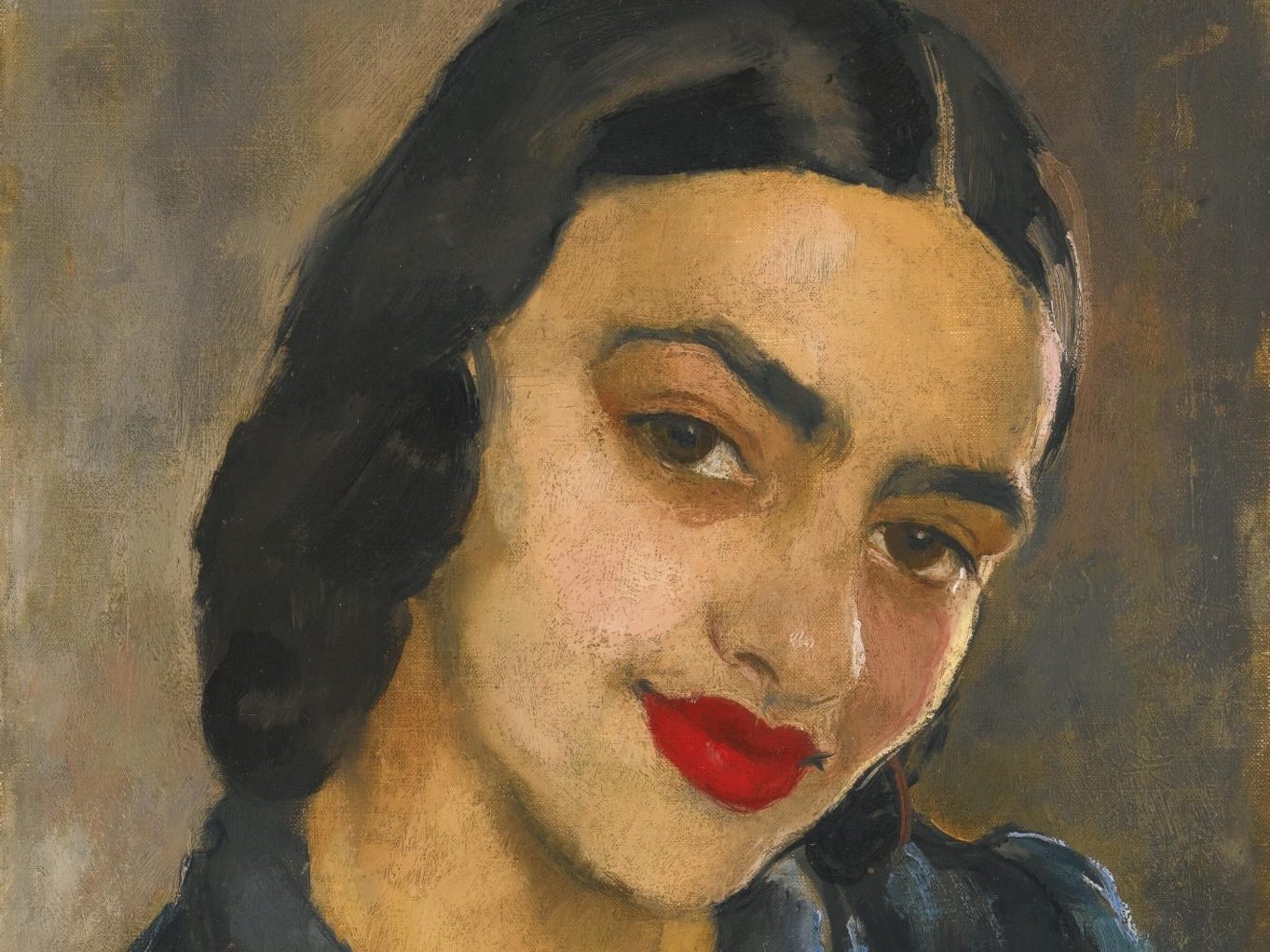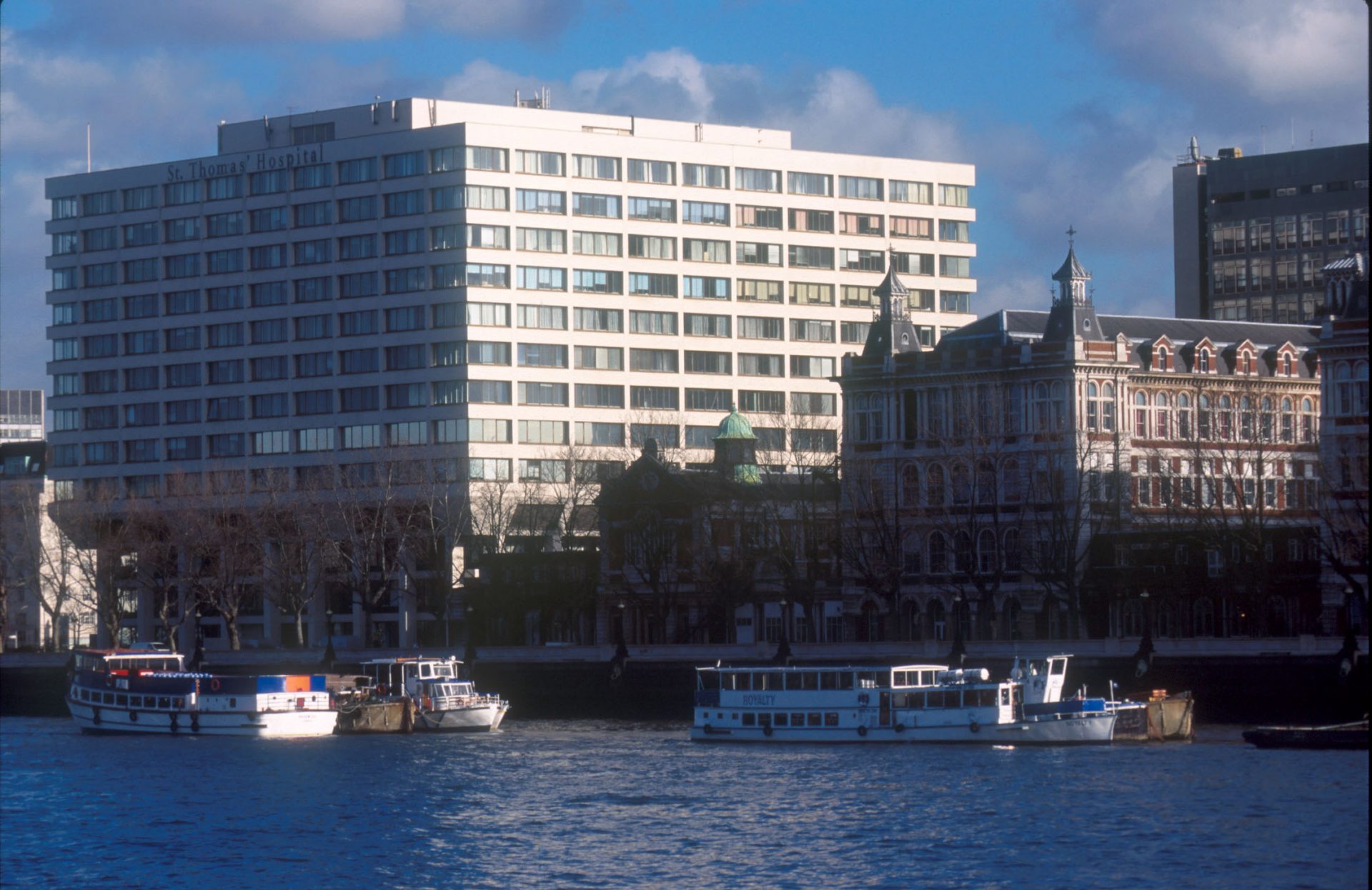“I can only paint in India,” wrote Amrita Sher-Gil to her father in 1934. “Europe belongs to Picasso, Matisse, Braque and the rest. India belongs only to me.”
India was calling her. loudly. The 21-year-old artist had never been more certain of anything in her life. In India, she’d always felt like a European, in Europe she felt like an Indian – always the outsider, roots in both but at home in neither.
It made her restless, as if there was always a trunk half-packed in the corner, every stay a temporary one. This time it felt different. This time, arriving in India would – at last – feel like a homecoming.
For several months the idea of India had haunted her, lurking on her peripheries. It was five years since she’d left, with her mother and sister Indira, destined for studies in Paris, first at the Académie de la Grande Chaumière then at the prestigious École des Beaux-Arts.
Now she knew she had to return.
She felt she was on the brink of something. In 1932 she’d produced Young Girls, a painting of her sister and a friend (and possible lover) Denise Proutaux, a work of outstanding insight and technique that earned Sher-Gil a gold medal at the 1933 Grand Salon in Paris and an invitation to become an associate, the youngest person ever awarded the accolade and the first Asian.
The honour reinforced her conviction that she had something to offer the world. For one thing, her unique Indo-European perspective made her stand out even in a city where one could lean out of the window and whistle up half a dozen gifted painters at any hour of the day.
For another, the easel was the only thing that gave her a sense of belonging. There had been little permanence in her life but with a canvas in front of her and her paints by her side, Sher-Gil felt anchored. Underpinning that feeling was the growing sense, as expressed in that letter to her father, that her true artistic calling lay in India.
Umrao Singh Sher-Gil Majithia was concerned by the possibility of his daughter returning to his homeland. He knew how headstrong she was, how independent, and wondered how she would fit into India’s more traditional social structure.
This was, after all, a young woman who had conducted a number of love affairs, not to mention producing a string of nude self-portraits.
He wasn’t genuinely worried, though. She had to find her own way and he knew it would be pointless to try to talk her out of it anyway. She’d been independent almost since the day she was born.
There is a plaque on a doorway in Budapest that commemorates the birth of Amrita Sher-Gil, in the depths of a freezing Hungarian winter in the twilight days of the AustroHungarian Empire. Hungary was the land of her mother, Marie-Antoinette Gottesmann, and was where Amrita would spend her early years.
Marie-Antoinette had met Umrao Singh in Lahore a year before the birth of their daughter. He was a scholar of Persian and Sanskrit, a yogi, astronomer and photographer. She was an operatic soprano from a wealthy family, in India travelling as a companion to Princess Bamba Sutherland, granddaughter of Maharajah Ranjit Singh.
Within a year, they were married, living in Budapest and Amrita had arrived. Indira would soon follow.
When Amrita was eight years old the family moved to the hills of Himachal Pradesh and the state capital Shimla. She was soon studying the piano and violin and began formal training in art. Marie-Antoinette recognised something in her daughter and, nursing a desire to return to Europe herself, made the decision to relocate to Paris.
In addition to her artistic training and development, Sher-Gil flourished in the French capital, becoming a well-known face in the cafes of Montmartre as well as in salons and galleries and at society events.
Troubled by her once-shy daughter’s social and sexual blossoming, Marie-Antoinette attempted to arrange a marriage for her, to an Indian aristocrat, a move that only drove Amrita into the arms of more lovers.
“I am always in love,” she wrote to a friend, “but unfortunately for the party concerned I fall out of love or rather fall in love with someone else before any damage can be done.”
While ambivalent to the explosion of contemporary art styles around her, Sher-Gil visited the major European capitals and was particularly captivated by seeing works by Gaugin in the National Gallery in London in 1933. Gaugin’s post-Impressionist style influenced her heavily, and the knowledge that he’d travelled to the Pacific islands to explore new colours and textures only made the pull of India stronger.
Her 1934 Self-Portrait as a Tahitian was a direct tribute to Gaugin and a confirmation that her artistic future lay outside Europe. At the end of 1934 she sailed for India.
It wasn’t long before Sher-Gil established herself as arguably the most important figure in modern Indian art. She travelled the country, capturing on canvas the everyday lives of women – at the market, at a wedding, undertaking domestic chores – paintings often infused with melancholy and loneliness.
The pictures evoked a silent world inhabited by women with little agency whose own hopes and dreams had been muffled by society’s conventions, a mood that connected with Sher-Gil’s own yearning for somewhere to belong.
“I realised my artistic mission then: to interpret the life of Indians, and particularly of the poor Indians, pictorially, to paint those silent images of infinite submission and patience,” she wrote. In 1938, Sher-Gil was back in Hungary to marry her first cousin Victor Egan, a doctor. With the dark clouds of war gathering, the couple departed for India, where rural life soon became oppressive to a woman still only in her mid-twenties. An “unutterable lassitude and vague chimeric fear” gripped her until she found she could no longer paint at all, prompting a move, in the late summer of 1941, to the much busier and culturally richer city of Lahore.
Within weeks her first solo exhibition was arranged but she didn’t live to see it. Five days before it was due to open, Sher-Gil died, possibly, although not certainly, of peritonitis – according to her biographer the result of an abortion performed on her by Egan.
She was 28 years old.
Amrita Sher-Gil was born into the last days of a crumbling European empire and died in a country just about to take control of its own destiny. Both of them fired the art she created. Both of them made her who she was. It was in that art that she truly found herself and knew herself.
“I painted a few very good paintings,” she wrote in 1931. “Everybody says that I have improved immensely, even that person whose criticism in my view is most important to me – myself.”




